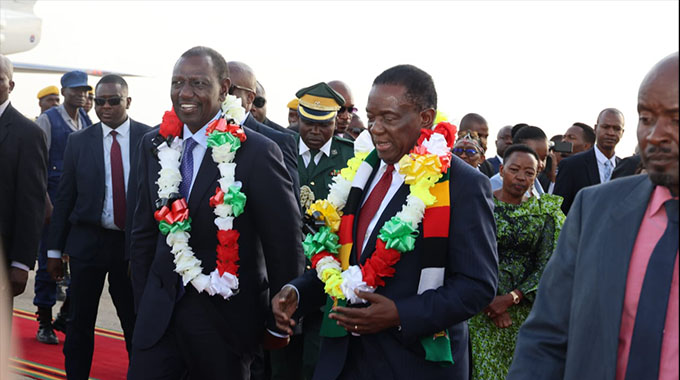2c tax pays dividends. . .Yields $50m in January

Patrick Chitumba/ Courtney Matende, Midlands Reporters
TREASURY collected a total of $50 million in January 2019 alone through the two percent electronic transfer tax from the transacting public, a senior Government official has said.
Accountant-General, Mr Daniel Muchemwa, applauded Government for coming up with the two percent electronic transfer tax, which he said was mainly being channelled towards Public Sector Investment Programme (PSIP) projects.
Mr Muchemwa was addressing a workshop on the National Chart of Accounts focusing on Consolidated Revenue Analysis System for National Budgeting purposes and Accounting for National Expenditure in Gweru yesterday.
“I am glad to say that this January we managed to collect $50 million from two percent tax. We will spend that money on PSIP projects and not on salaries. I would like to applaud Government for such efforts, which have seen the raising of the money which will be channelled towards funding PSIP projects,” he said.
Government, through the Ministry of Finance and Economic Development, last year introduced the two percent levy per dollar transacted electronically.
It was later revised to apply on transfers above $10 and below $500 000 following an outcry from the transacting public.
Finance Minister Professor Mthuli Ncube has said the new tax regime will greatly assist Government in widening domestic resource mobilisation to oil economic development.
President Mnangagwa has also backed the new tax regime insisting it was a worthwhile pain that locals have to bear as Government takes measures to remedy the prevailing economic crisis.
Mr Muchemwa said Government was on the path to establishing the National Chart of Accounts, which is a listing of all accounts used in the general ledger of an entity.
“It has been noted that currently central Government accounts exclude the other tiers of Government. In 2018 local authorities consolidated their charts of accounts paving way for drafting the 2019 budget. In line with the Government trajectory, it was observed that central Government and local authorities must reconcile their chart of accounts. The whole thrust is meant to ease the task of locating accounts within a system,” said Mr Muchemwa.
He said the consolidation of National Chart of Accounts would facilitate national accounting reports in an effort to create an environment to achieve Vision 2030.
“The initiative comes at a time when local authorities have been building consensus on how to improve service delivery using Service Level Benchmarking (SLB). The SLB project takes a holistic and integrative approach towards improved service delivery. The approach is anchored on horizontal learning and peer review and entails the strengthening of institutions that deliver services through strategic restructuring in order to enhance operational efficiency,” said Mr Muchemwa.
“The peer review approach towards solving governance of service delivery has proved to be formidable, and the same approach was used to come up with parameters in the implementation of a programme-based budgeting, which is a process in which a budgeting structure distributes money by programme or functionality.”
The Principal Director for Urban Local Authorities, Ms Erica Jones, said the absence of a consolidated Chart of Accounts delayed the production of a standardised accounts reporting manual, customisation of accounting software and budget preparation manual.
“The consolidation of the National Chart of accounts is also useful in line with the various engagements, which the country may want to pursue,” she said.
The workshop was attended by officials from the Ministries of Finance and Economic Development, Local Government, Public Works and National Housing and Treasurers from local authorities.










Comments